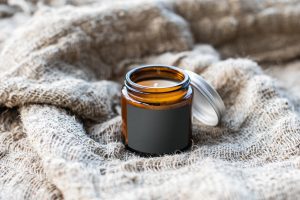The life cycle of a bed bug involves several stages, from egg to adulthood, with multiple nymph stages in between. Here’s a more detailed breakdown:
- Egg: The beginning of a bed bug’s life starts as a tiny, pearl-white egg, which is roughly the size of a pinhead. Female bed bugs can lay 200 to 500 eggs in their lifetime, typically depositing them in cracks and crevices or on rough surfaces. These eggs hatch in about 6 to 10 days, depending on environmental conditions.
- Nymphs: After hatching, the baby bed bugs, known as nymphs, immediately search for a blood meal. Bed bugs must feed on blood to molt and progress to the next stage of their life cycle. There are five nymphal stages, and at each stage, the nymphs must obtain a blood meal to grow and molt to the next stage. Nymphs are smaller and lighter in color compared to adults, but they become darker as they age.
- Adults: After going through all five nymph stages, bed bugs reach adulthood. Adult bed bugs are about the size of an apple seed and have a reddish-brown color. They can live several months, typically ranging from 6 to 12 months, though this can vary based on environmental factors. Adults will continue to feed on blood, approximately once a week if available, though they can survive extended periods without feeding.
Throughout their lifecycle, bed bugs prefer to hide close to their human hosts, typically within mattresses, box springs, bed frames, and even behind wallpaper or in electrical outlets. Their ability to hide, combined with rapid reproduction, makes them especially challenging pests to manage and eliminate.
Environmental conditions greatly influence the speed at which bed bugs move through their life cycle. Warmer conditions can accelerate their development, while cooler temperatures may slow it down. Regular access to blood meals also plays a crucial role in how quickly they can reproduce and establish significant infestations.




